 I try not to get too hung up on which magazine (or website) a series publishes in. Heck, even on what the demographic is. But Gachiakuta is as shounen as it gets, so the demo is a factor for starters. Above and beyond that, though, I do sometimes wonder how Shueisha let this series get away. I can’t imagine anything more old-school Jump (Soul Eater vibe notwithstanding), and the mangaka was an assistant on WSJ manga. I don’t consider WSJ the be-all and end-all of shounen weeklies – I don’t even consider it the best. But I can’t help think on where Gachi would be now with that promotion behemoth behind it.
I try not to get too hung up on which magazine (or website) a series publishes in. Heck, even on what the demographic is. But Gachiakuta is as shounen as it gets, so the demo is a factor for starters. Above and beyond that, though, I do sometimes wonder how Shueisha let this series get away. I can’t imagine anything more old-school Jump (Soul Eater vibe notwithstanding), and the mangaka was an assistant on WSJ manga. I don’t consider WSJ the be-all and end-all of shounen weeklies – I don’t even consider it the best. But I can’t help think on where Gachi would be now with that promotion behemoth behind it.
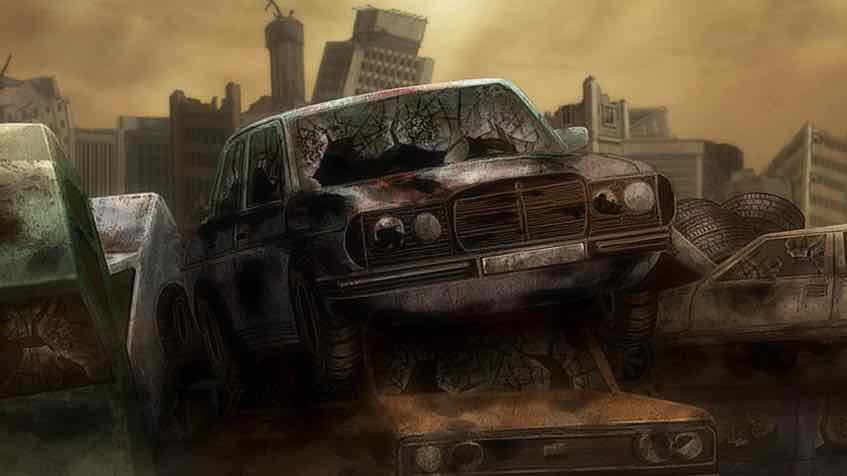 Who knows – we never will, anyway. the story plows ahead, and even though we’re only four episodes in it should be clear by now that Uranna Kei is old-school shounen right down to pacing. Gachiakuta is two cours but in truth, that’s barely going to dip a toe in the water. I think the series is successful enough to get a long adaptation (and sales are getting a nice spike from the anime), but it’s not quite at the sure-thing level. We’re slowly being introduced to this world right along with Rudo – one character and one concept at a time.
Who knows – we never will, anyway. the story plows ahead, and even though we’re only four episodes in it should be clear by now that Uranna Kei is old-school shounen right down to pacing. Gachiakuta is two cours but in truth, that’s barely going to dip a toe in the water. I think the series is successful enough to get a long adaptation (and sales are getting a nice spike from the anime), but it’s not quite at the sure-thing level. We’re slowly being introduced to this world right along with Rudo – one character and one concept at a time.
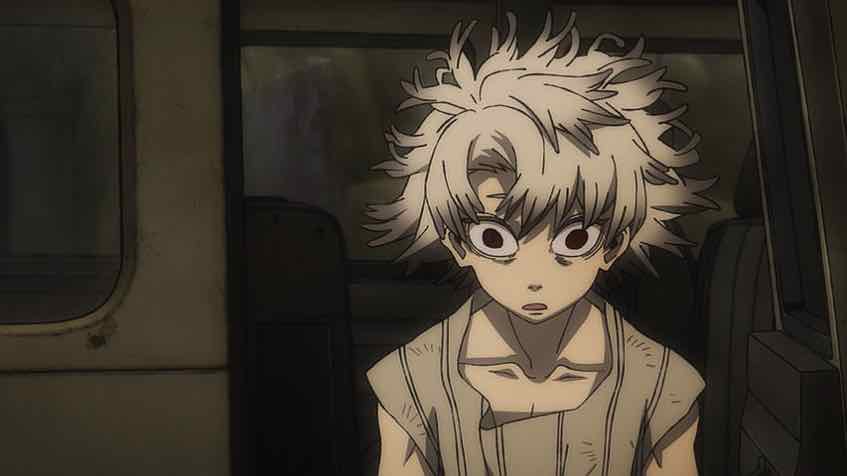 The first one added to the list this week is Semiu (Sonozaki Mie). Incidentally it shouldn’t be notable that Urana uses black characters in significant roles (Like Kubo and to a lesser extent Ohkubo), but it’s rare enough in shounen manga that it sort of is. Semiu is the “receptionist” at cleaner HQ, but much more. Semiu is uniquely suited to this role because her vital instrument is her glasses, and her ability allows her to see the “true essence” of a person. What she sees in Rudo seems to take her aback – Enjin notices, but Semiu doesn’t share her thoughts in the moment. Rather, she addresses Rudo in rather maternal and kindly fashion, giving him a brief lesson in the lay of the land (and the air).
The first one added to the list this week is Semiu (Sonozaki Mie). Incidentally it shouldn’t be notable that Urana uses black characters in significant roles (Like Kubo and to a lesser extent Ohkubo), but it’s rare enough in shounen manga that it sort of is. Semiu is the “receptionist” at cleaner HQ, but much more. Semiu is uniquely suited to this role because her vital instrument is her glasses, and her ability allows her to see the “true essence” of a person. What she sees in Rudo seems to take her aback – Enjin notices, but Semiu doesn’t share her thoughts in the moment. Rather, she addresses Rudo in rather maternal and kindly fashion, giving him a brief lesson in the lay of the land (and the air).
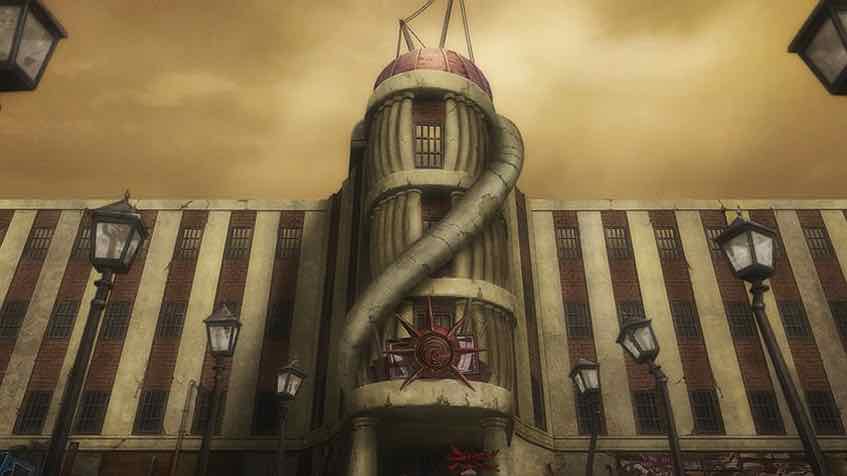 Enjin intends to have Rudo meet some of the team, of which he says there are about 100 when Givers, Supporters, and others are included. But when almost all of them seem to be at home he decides that might be a bit much, and takes the lad to meet the boss instead. He cautions Rudo not to march in and make demands, reminding him of the value of information in this place, and not to ask about the boss’ jinki, which not even he knows about. But the boss seems to be the one cleaner who’s not at home, so that plan too takes a back seat.
Enjin intends to have Rudo meet some of the team, of which he says there are about 100 when Givers, Supporters, and others are included. But when almost all of them seem to be at home he decides that might be a bit much, and takes the lad to meet the boss instead. He cautions Rudo not to march in and make demands, reminding him of the value of information in this place, and not to ask about the boss’ jinki, which not even he knows about. But the boss seems to be the one cleaner who’s not at home, so that plan too takes a back seat.
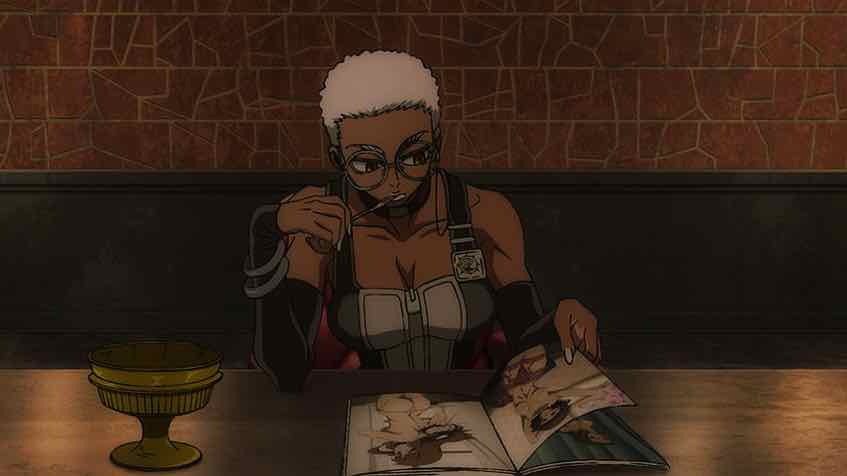 It falls to Riyo, then, to start showing the new kid the ropes. He can’t become a cleaner until the boss says so, but he can tag along on what she says will be an “easy job”, clearing out some small trash beasts near a town. And we soon get a glimpse of why Riyo was so interested in Rudo’s hair – her jinki is her scissors, and she plays the role of hair stylist to the hilt even if she mostly uses them with her feet. Several Supporters are along on the job too, including Gris (Hino Satoshi) with his vice-like grip, who seems to be a leader among them. Riyo makes it very clear – without the Supporters, the Givers couldn’t do their jobs. And that becomes obvious to Rudo soon enough.
It falls to Riyo, then, to start showing the new kid the ropes. He can’t become a cleaner until the boss says so, but he can tag along on what she says will be an “easy job”, clearing out some small trash beasts near a town. And we soon get a glimpse of why Riyo was so interested in Rudo’s hair – her jinki is her scissors, and she plays the role of hair stylist to the hilt even if she mostly uses them with her feet. Several Supporters are along on the job too, including Gris (Hino Satoshi) with his vice-like grip, who seems to be a leader among them. Riyo makes it very clear – without the Supporters, the Givers couldn’t do their jobs. And that becomes obvious to Rudo soon enough.
 Naturally this easy job won’t prove to be so easy – there’s a story to be told here, after all. While the initial beast encounter seems pretty low-key (a herd of deer, more or less) when the real monster shows up Riyo get seriously juiced. There’s something odd about this one – it seems to have formed around a vital instrument, making it especially hard for it to be killed by one. As for Rudo, he mostly stays out of the way and gawks but when one of the Supporters finds himself in trouble, Rudo jumps in – in the process revealing that though he can deploy his instrument, but doesn’t really know what to do with it. The most important part of this, really, is that Rudo jumped in anyway – instinctively helping the guy in trouble. That’s the sort of behavior that will get noticed, and Riyo certainly approves of it.
Naturally this easy job won’t prove to be so easy – there’s a story to be told here, after all. While the initial beast encounter seems pretty low-key (a herd of deer, more or less) when the real monster shows up Riyo get seriously juiced. There’s something odd about this one – it seems to have formed around a vital instrument, making it especially hard for it to be killed by one. As for Rudo, he mostly stays out of the way and gawks but when one of the Supporters finds himself in trouble, Rudo jumps in – in the process revealing that though he can deploy his instrument, but doesn’t really know what to do with it. The most important part of this, really, is that Rudo jumped in anyway – instinctively helping the guy in trouble. That’s the sort of behavior that will get noticed, and Riyo certainly approves of it.


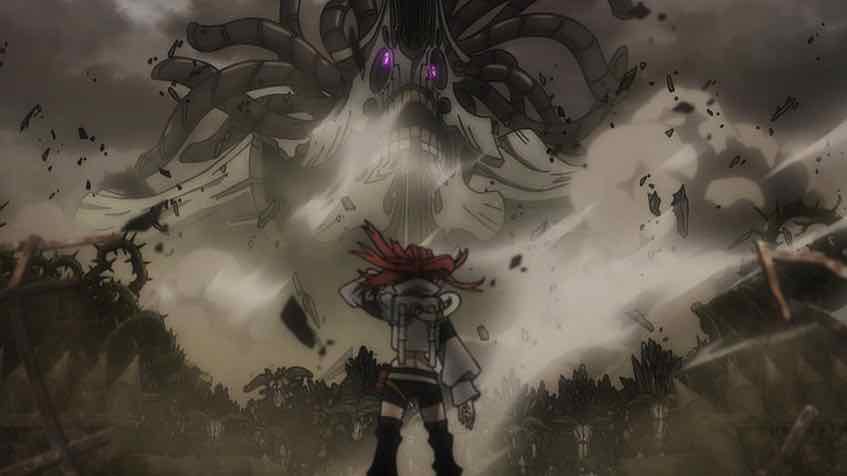
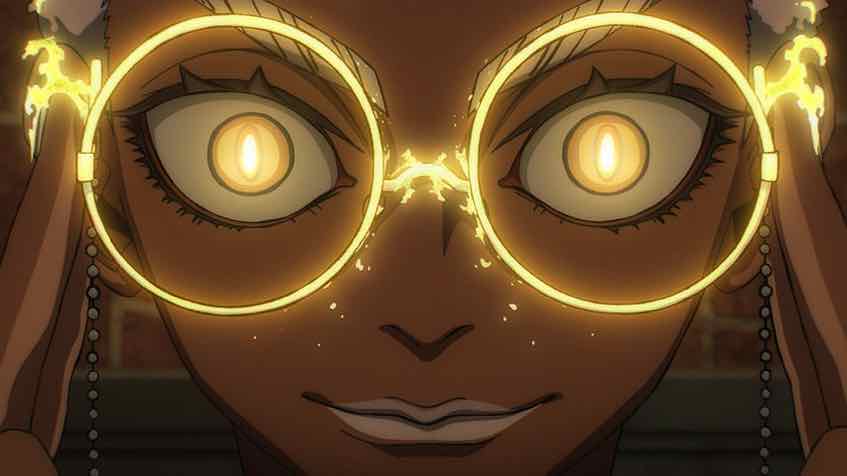
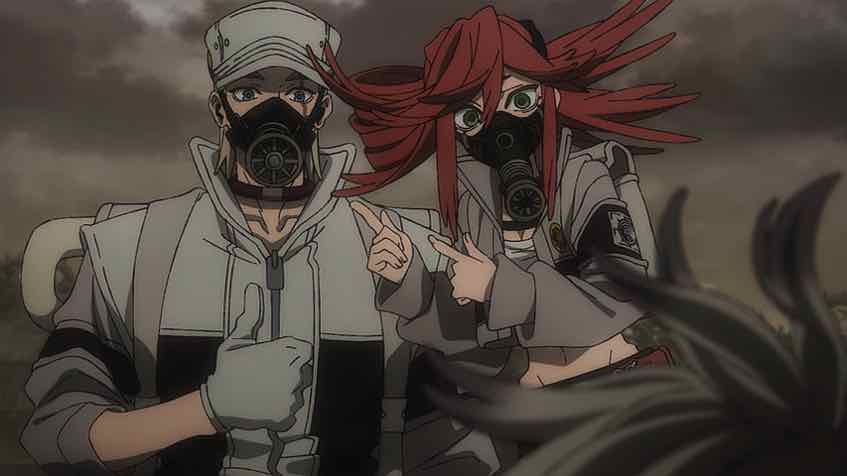
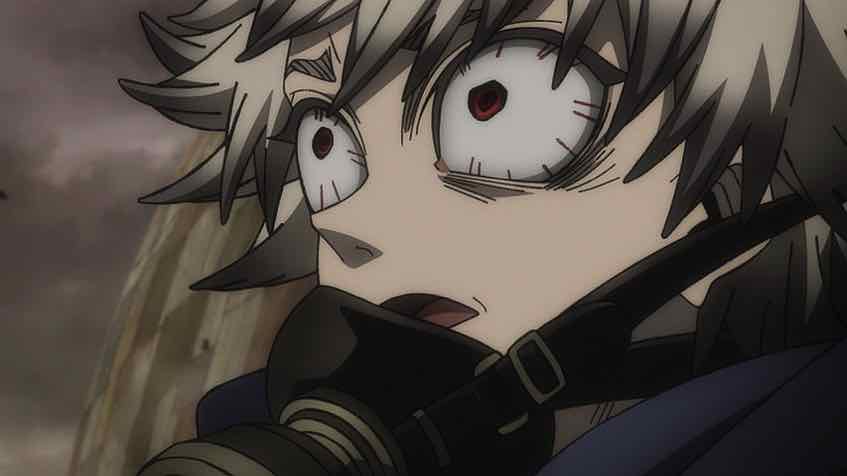
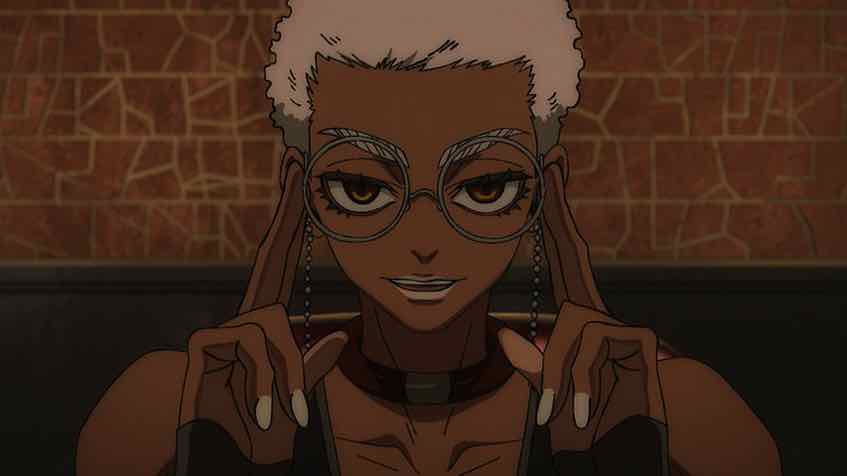

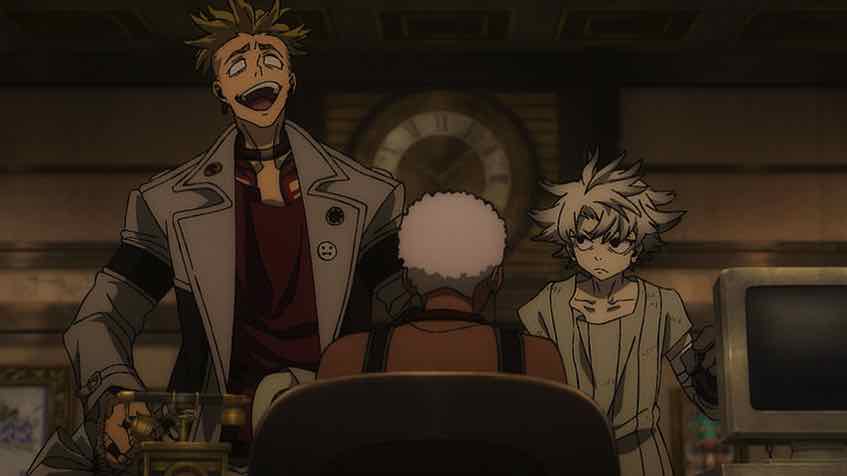
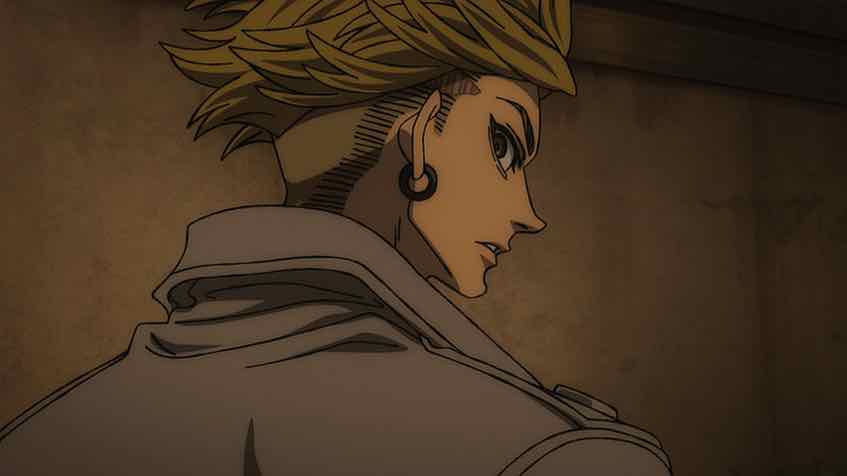
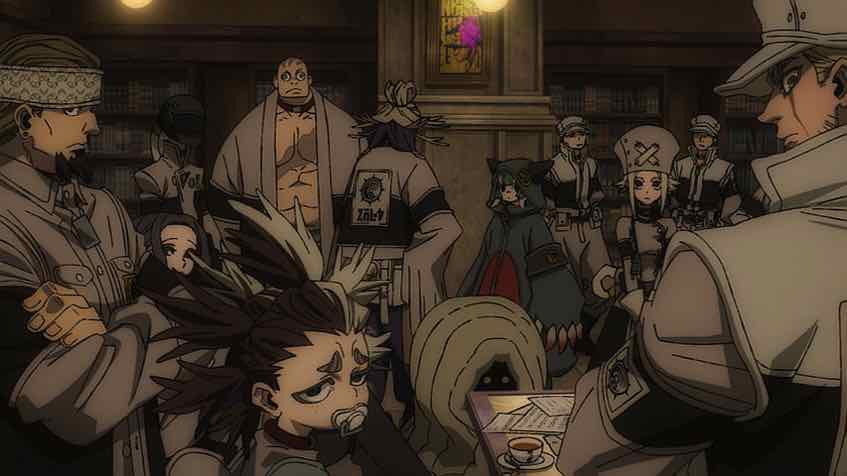
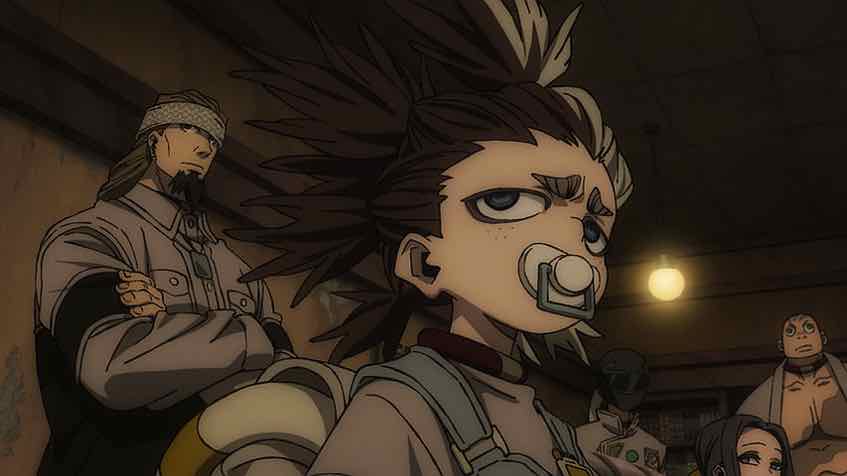
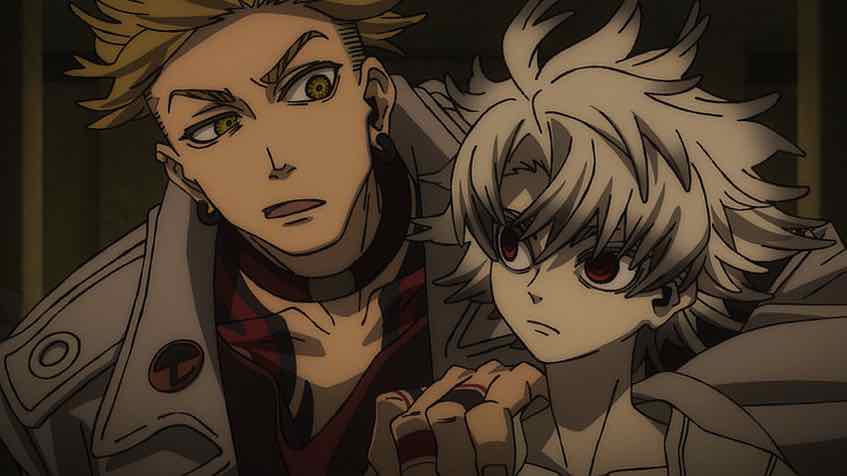
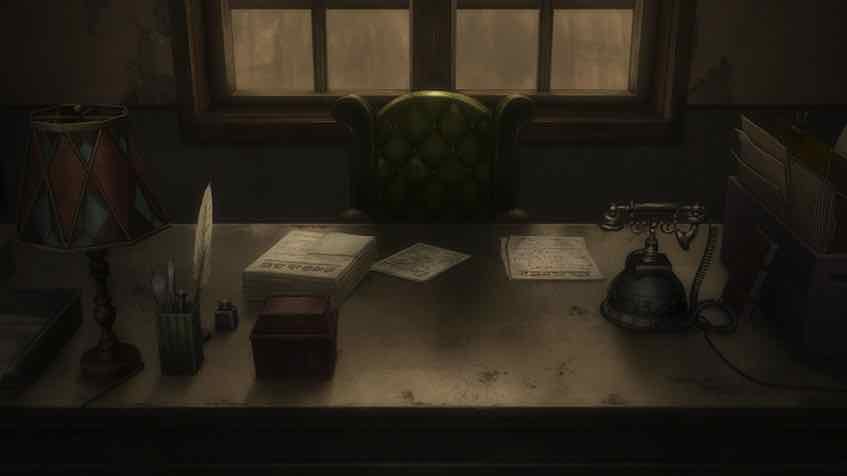
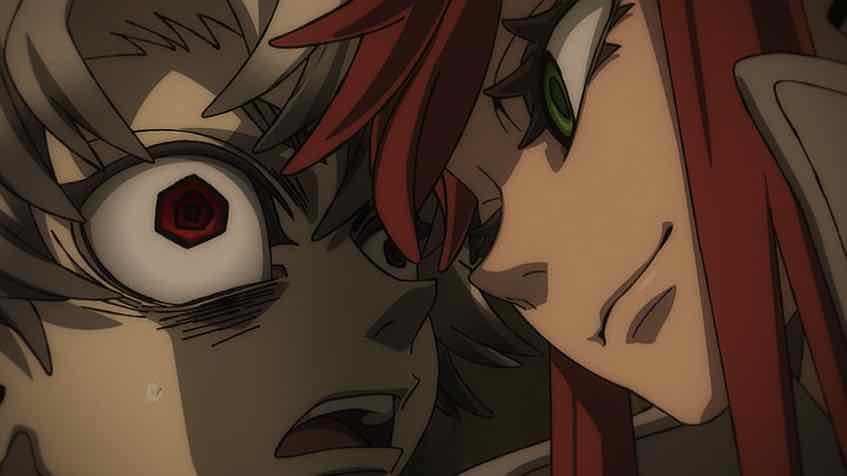
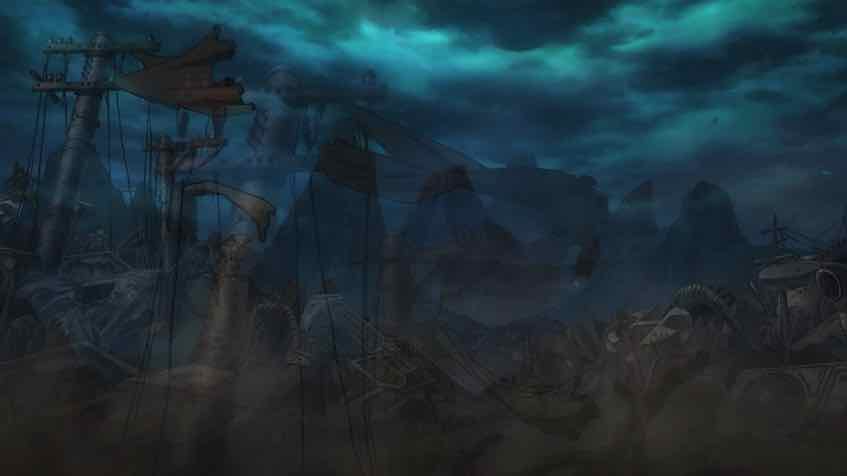
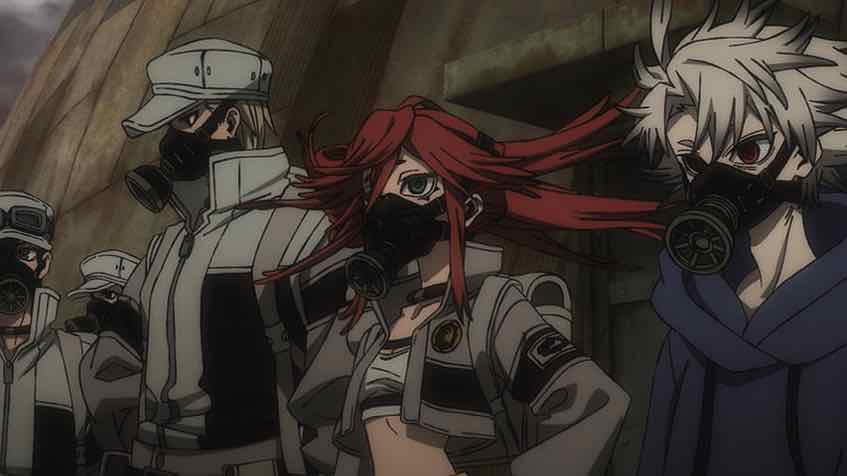
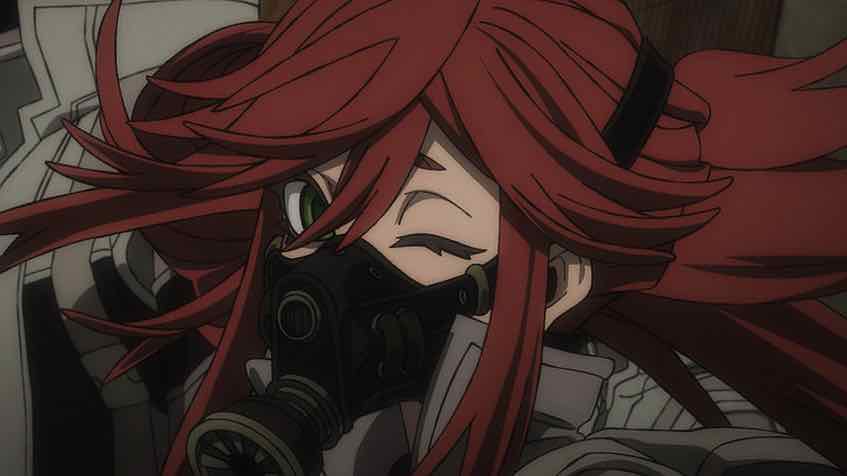
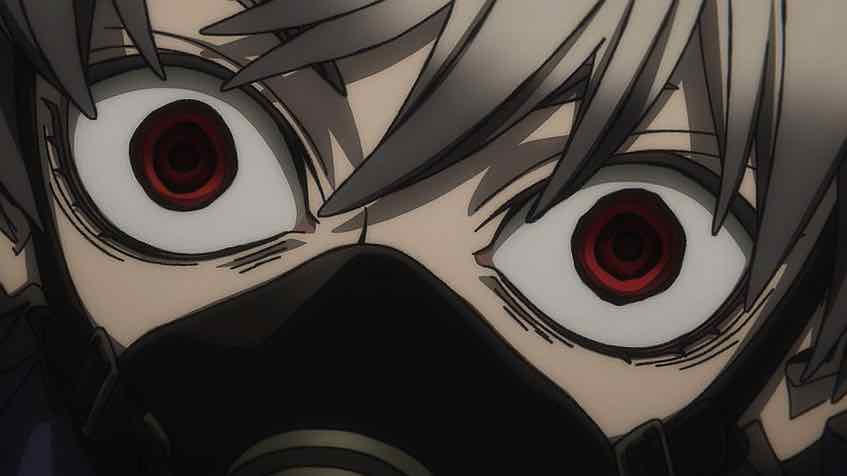
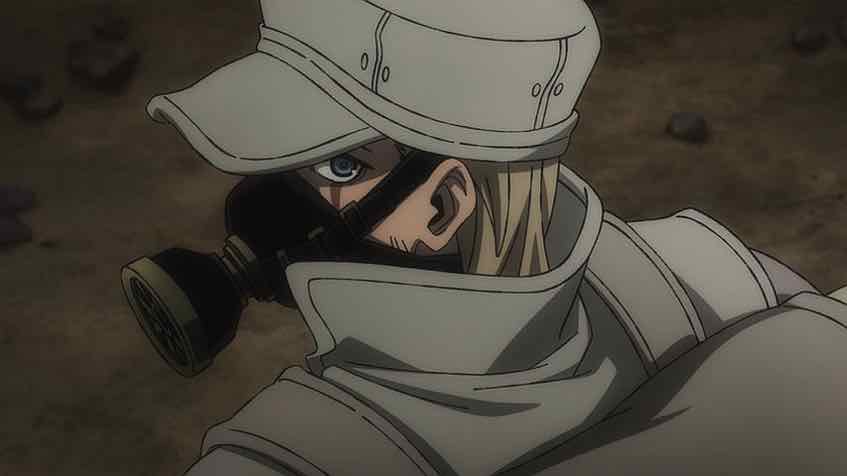
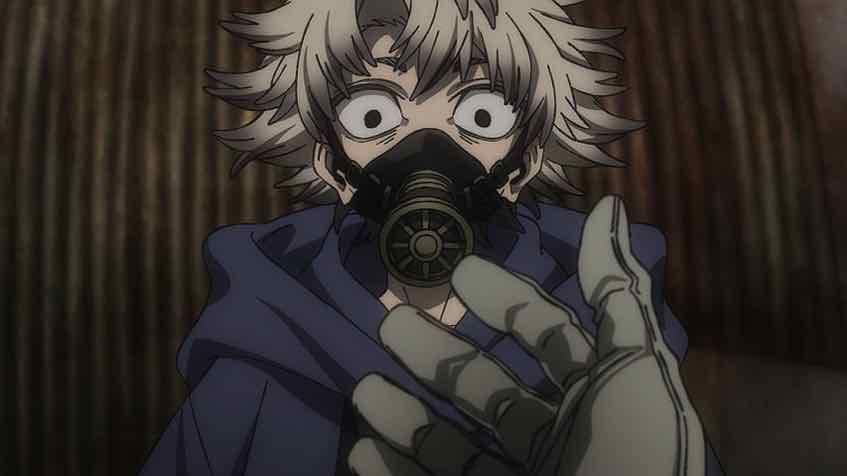
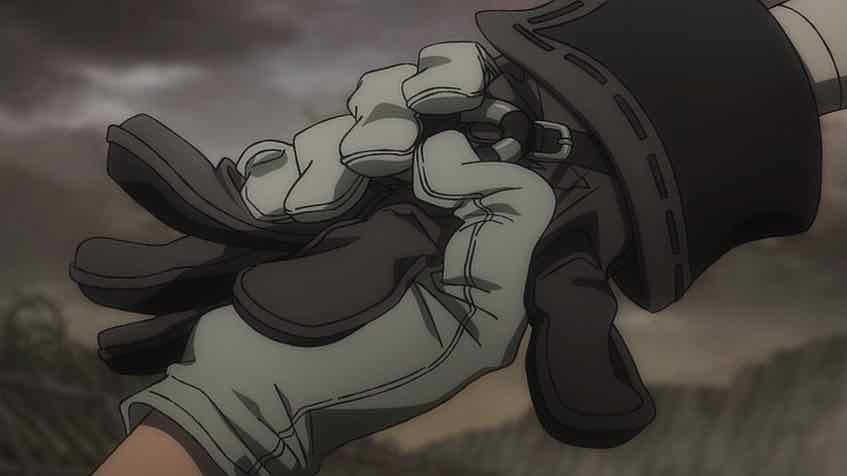
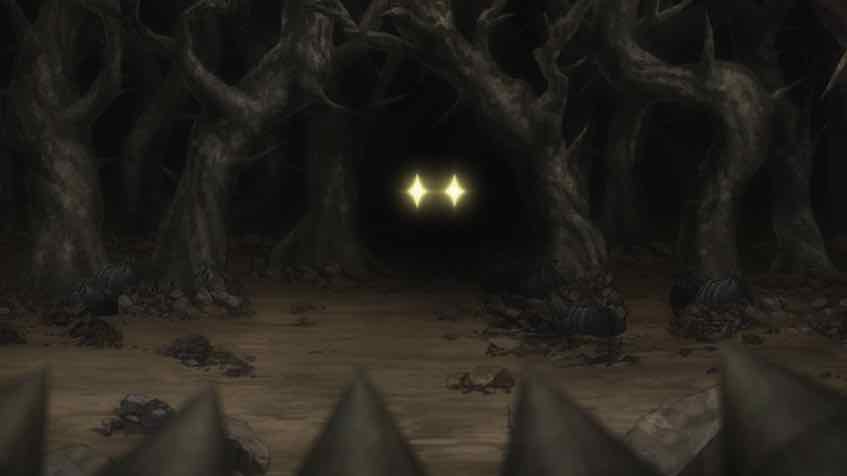

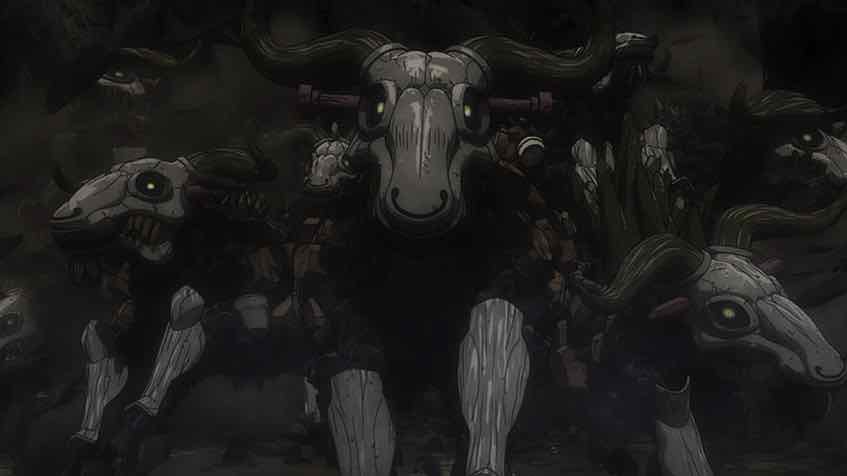
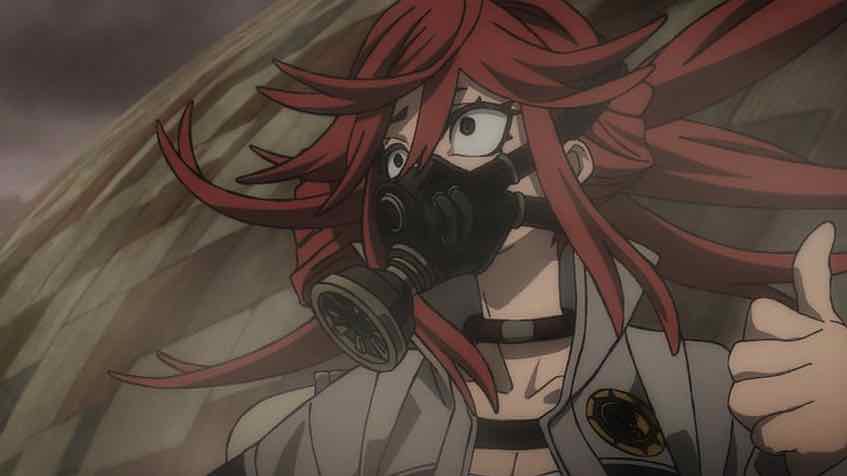

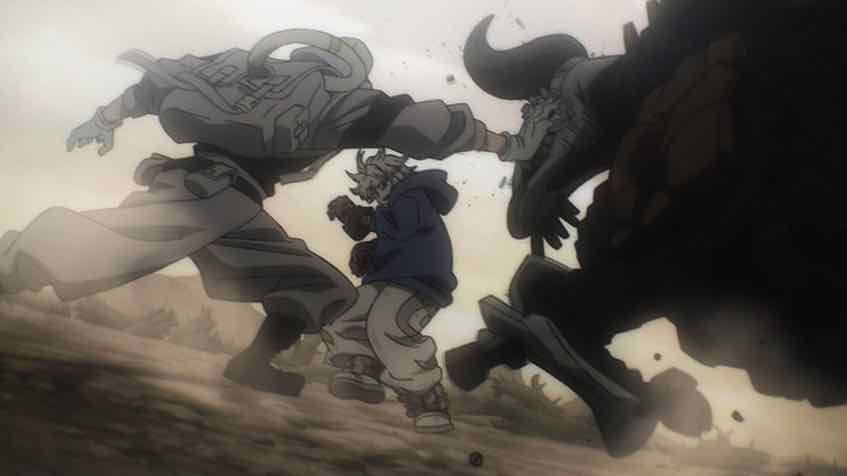

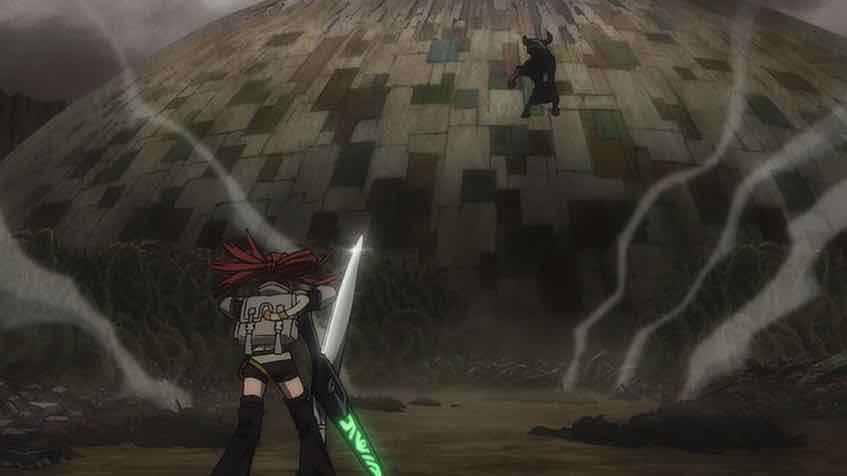
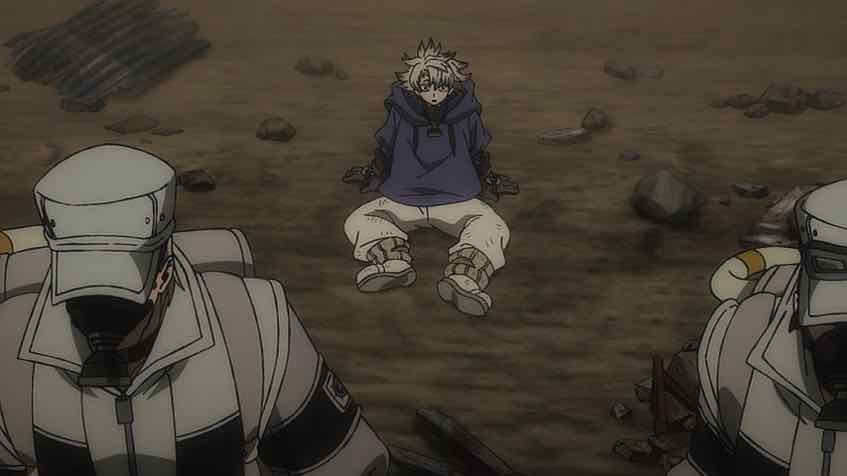
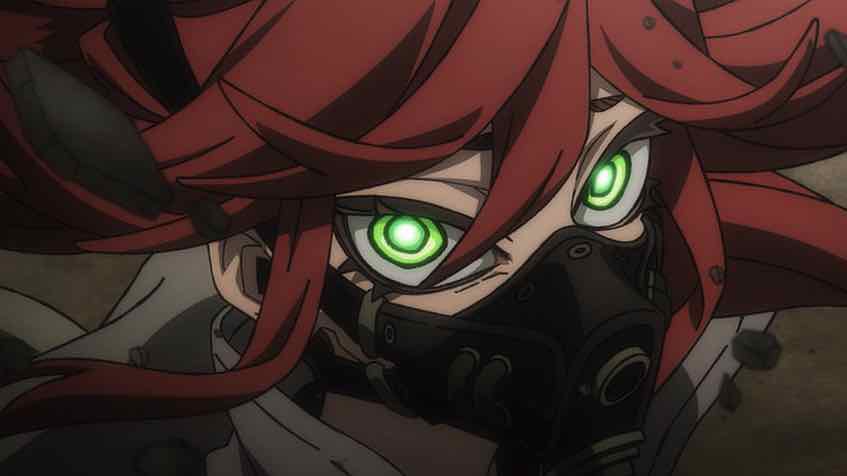
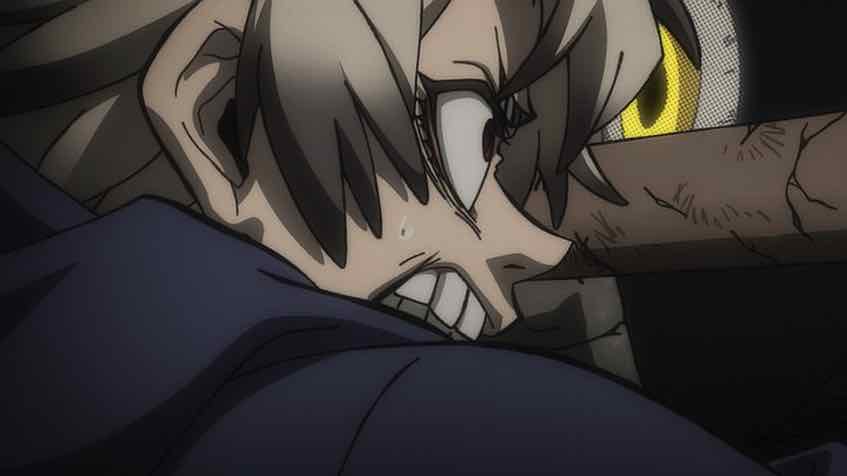
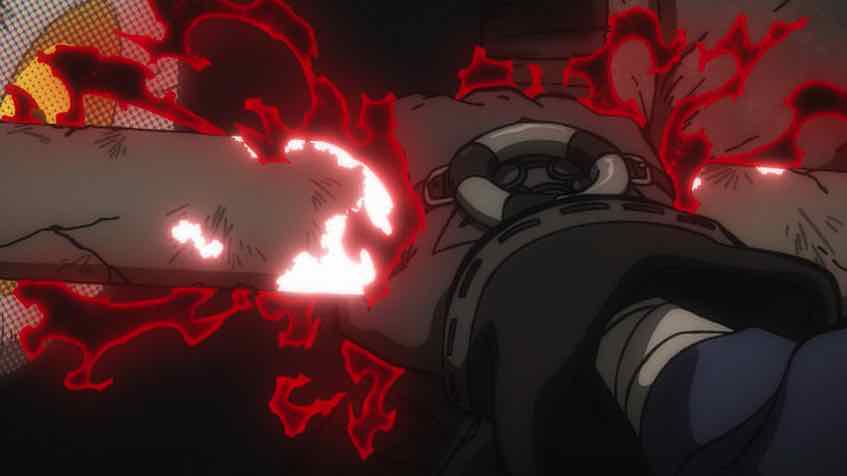
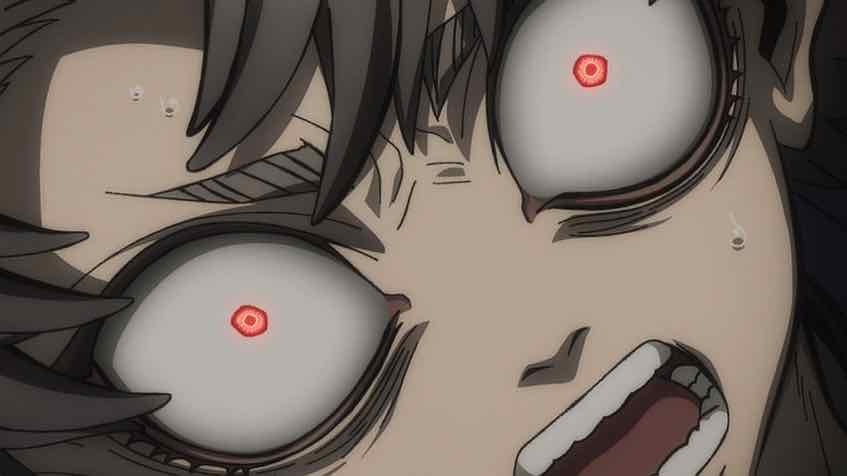
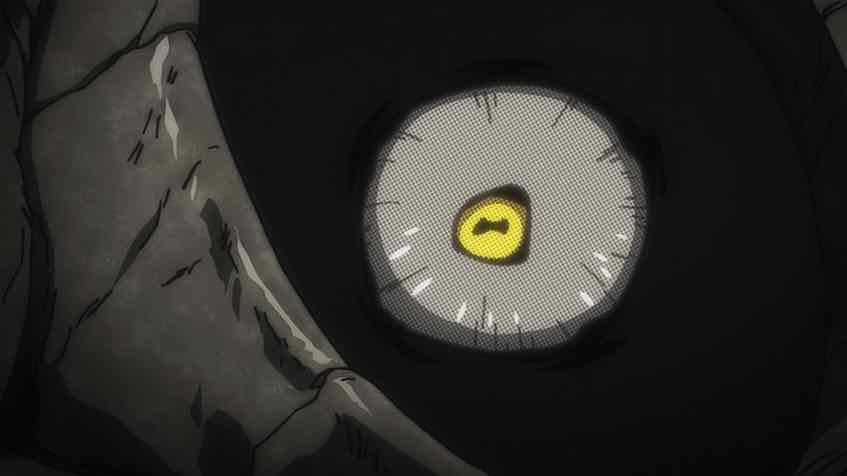
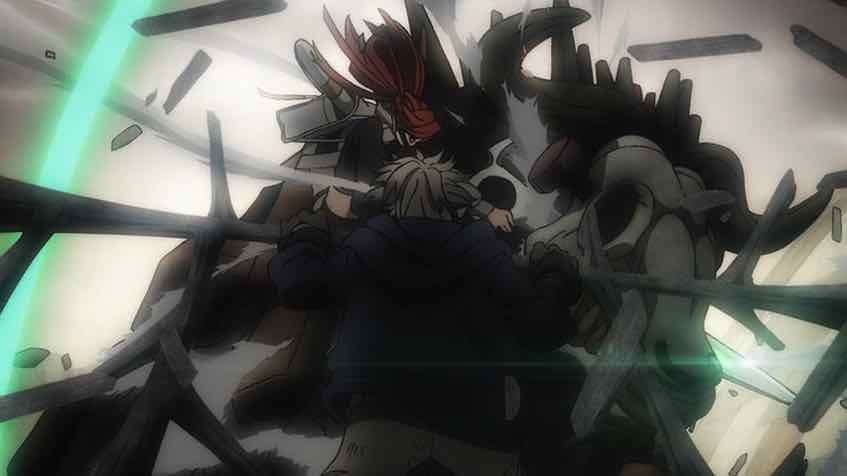
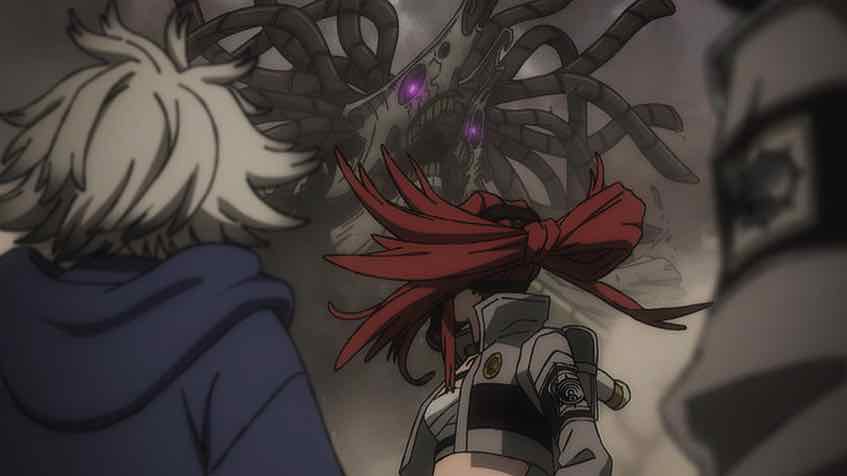

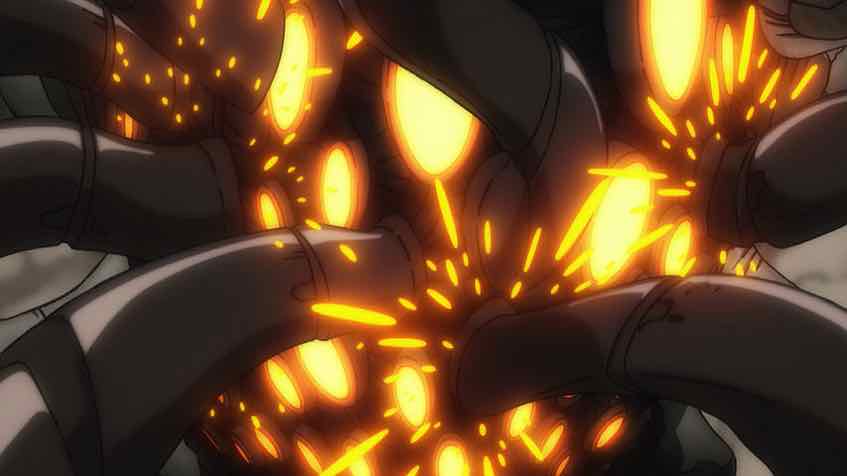
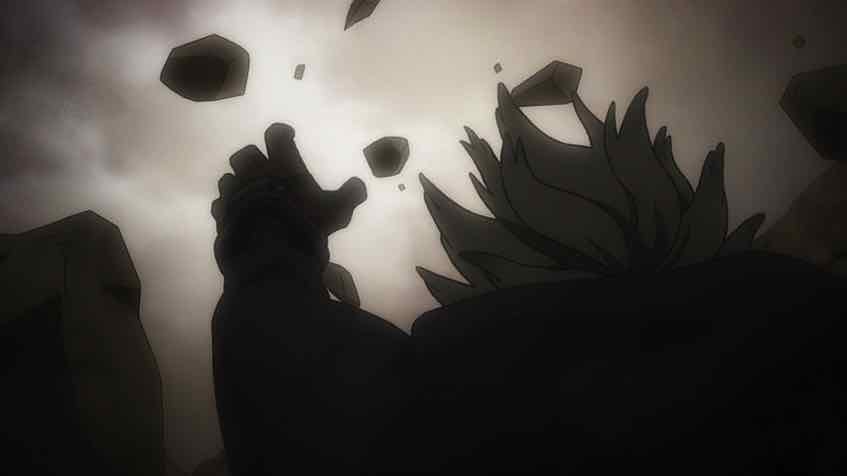
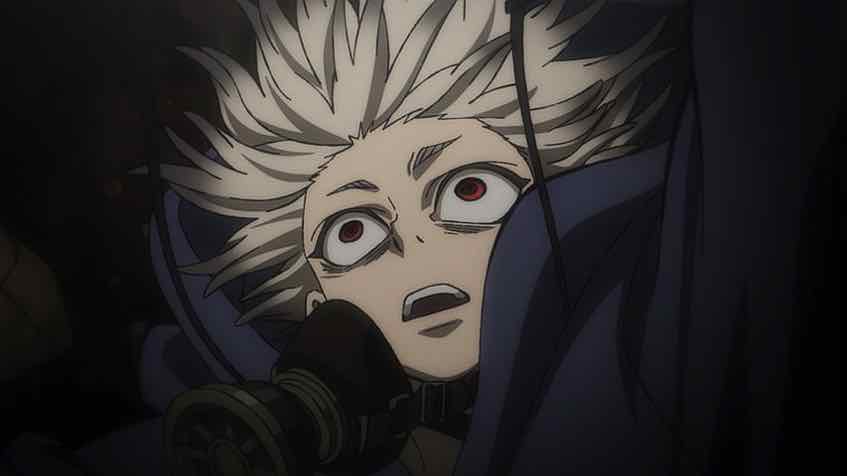
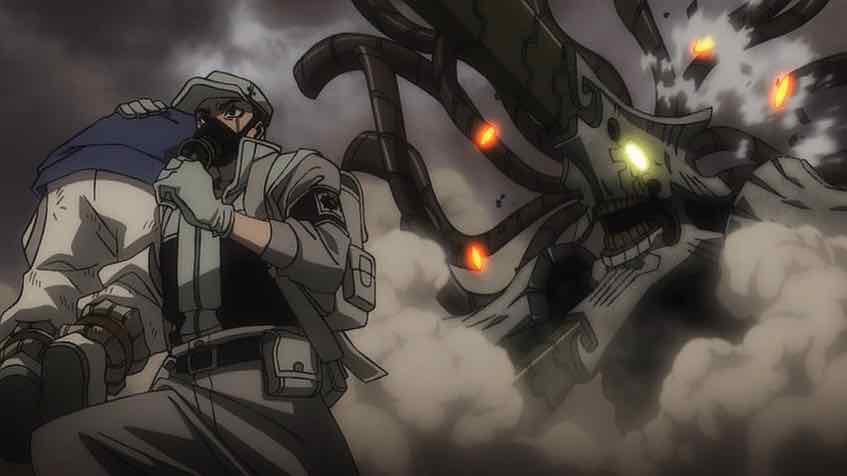
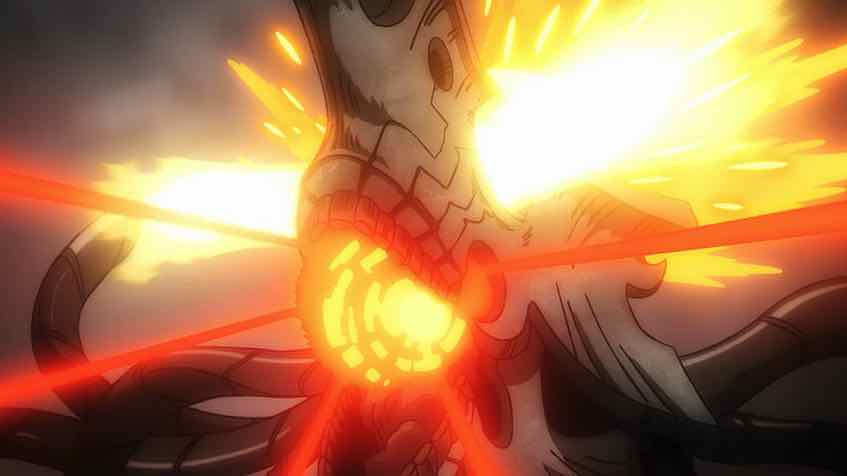
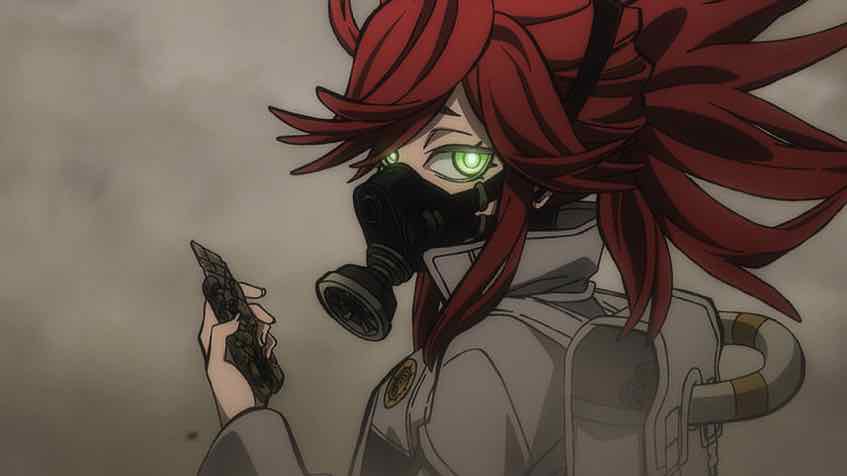
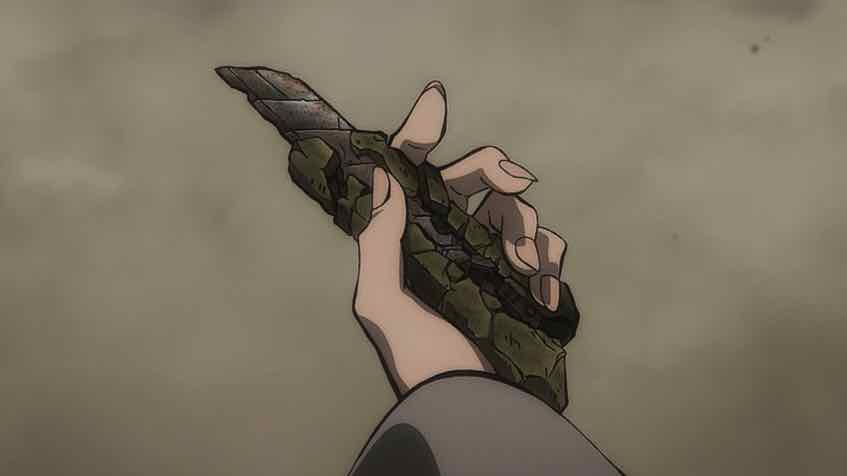
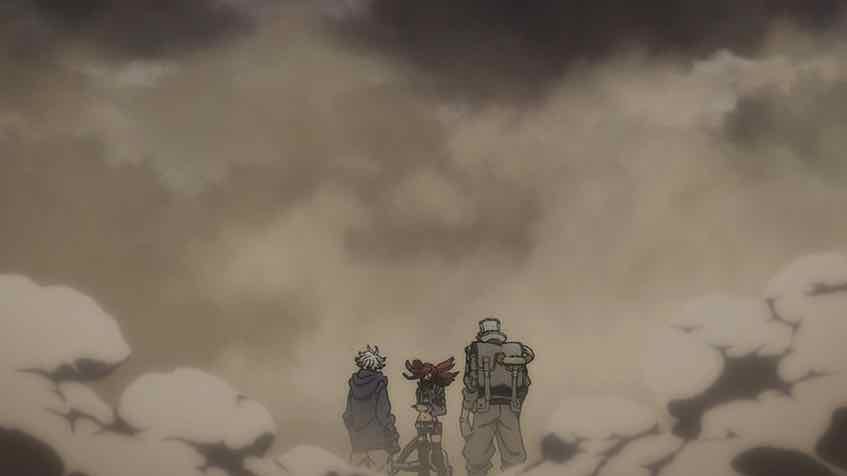

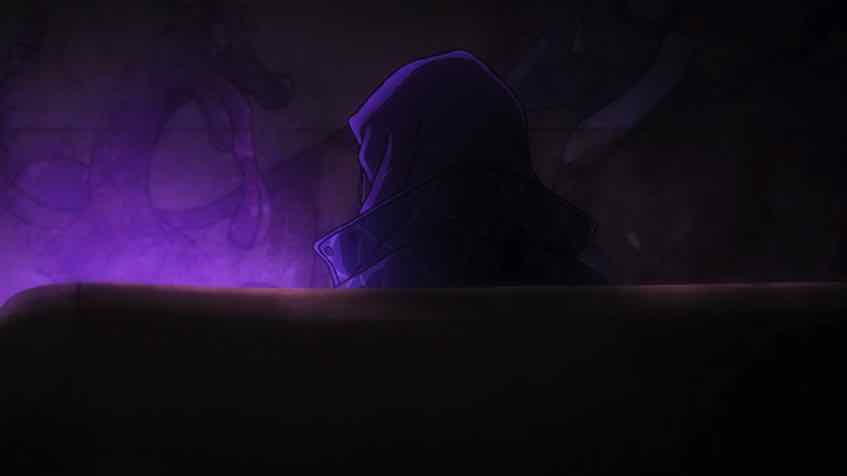
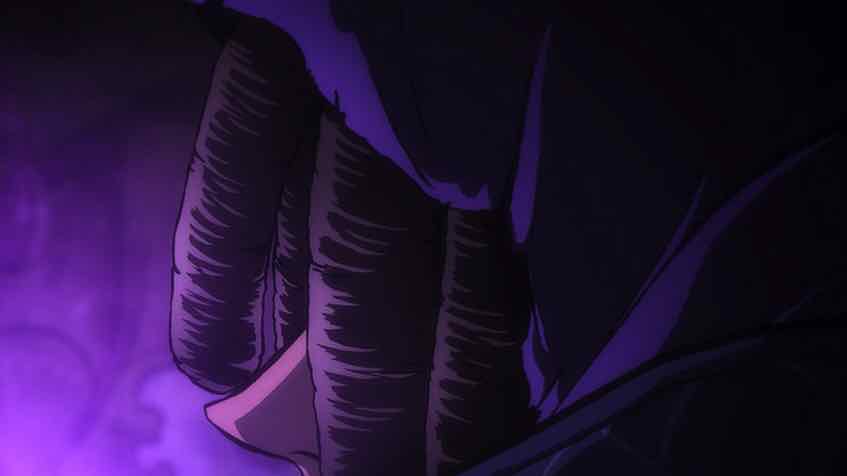


Sonicsenryaku
August 5, 2025 at 2:42 amDon’t doubt your success-predicting powers just yet, Enzo. According to ANN’s average household ratings chart of shows airing last week, Gachiakuta placed in the top 10 with a rating of 2.4%. Seems to me that might be indicative of a growing popularity across seas that might be most fortunate going forward for the series’ commercial success; now imagine what happens once the hype moments really begin to hit
On another note, I like how Urana is handling the crazed-fighter archetype in Riyo: like, she probably has a few screws loose, but instead of it being a binary switch from calm to caricature-esque craziness, Riyo’s eccentricity exists on a spectrum: during a fight, she oscillates between being carefree/detached and excitable/frenzy, all while having the bandwidth to be caring, supportive, and comical. Now I’m not sure how consistent this introductory characterization of Riyo will be, but as of right now, I find it a refreshing way to play this kind of archetype. By keeping Riyo lucid and in tune with reality despite her eccentricity, it grounds her mania and provides extra room to engage with her character
Guardian Enzo
August 5, 2025 at 8:55 amInterestingly., on Anilab’s last weekly ranking Gachi was #3 in overseas markets and #21 in Japan. Not sure why or what it means, but interesting.